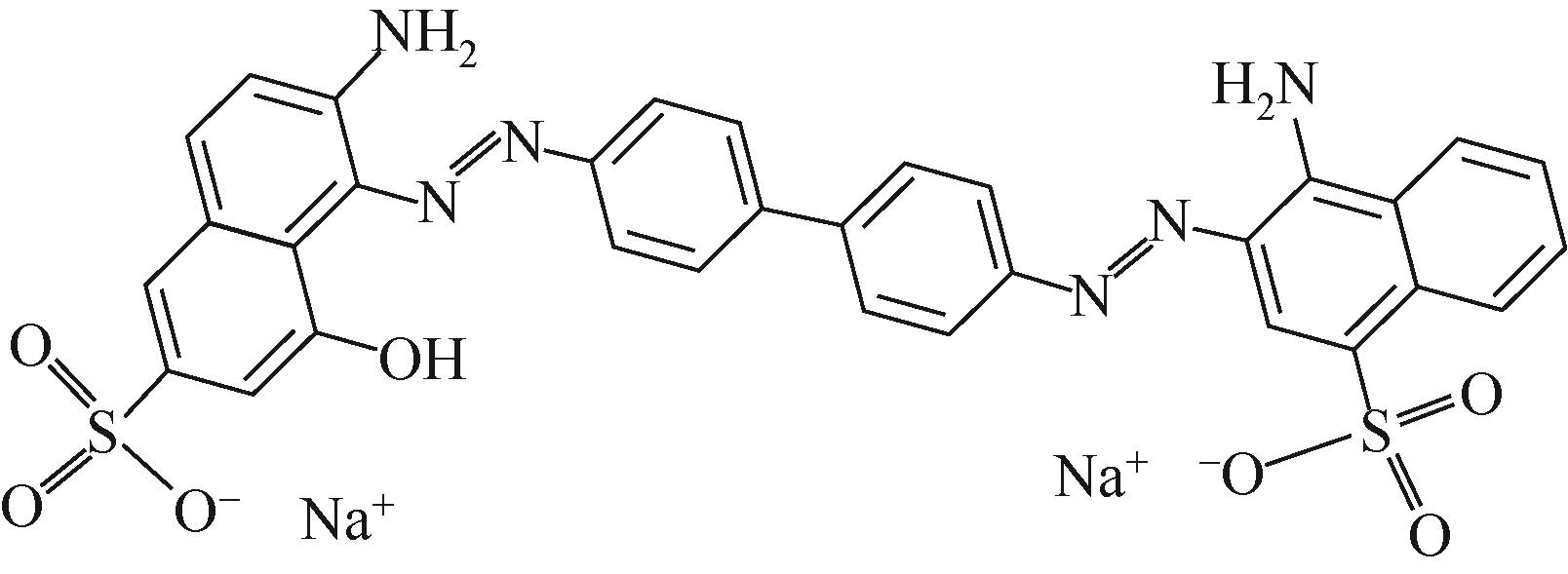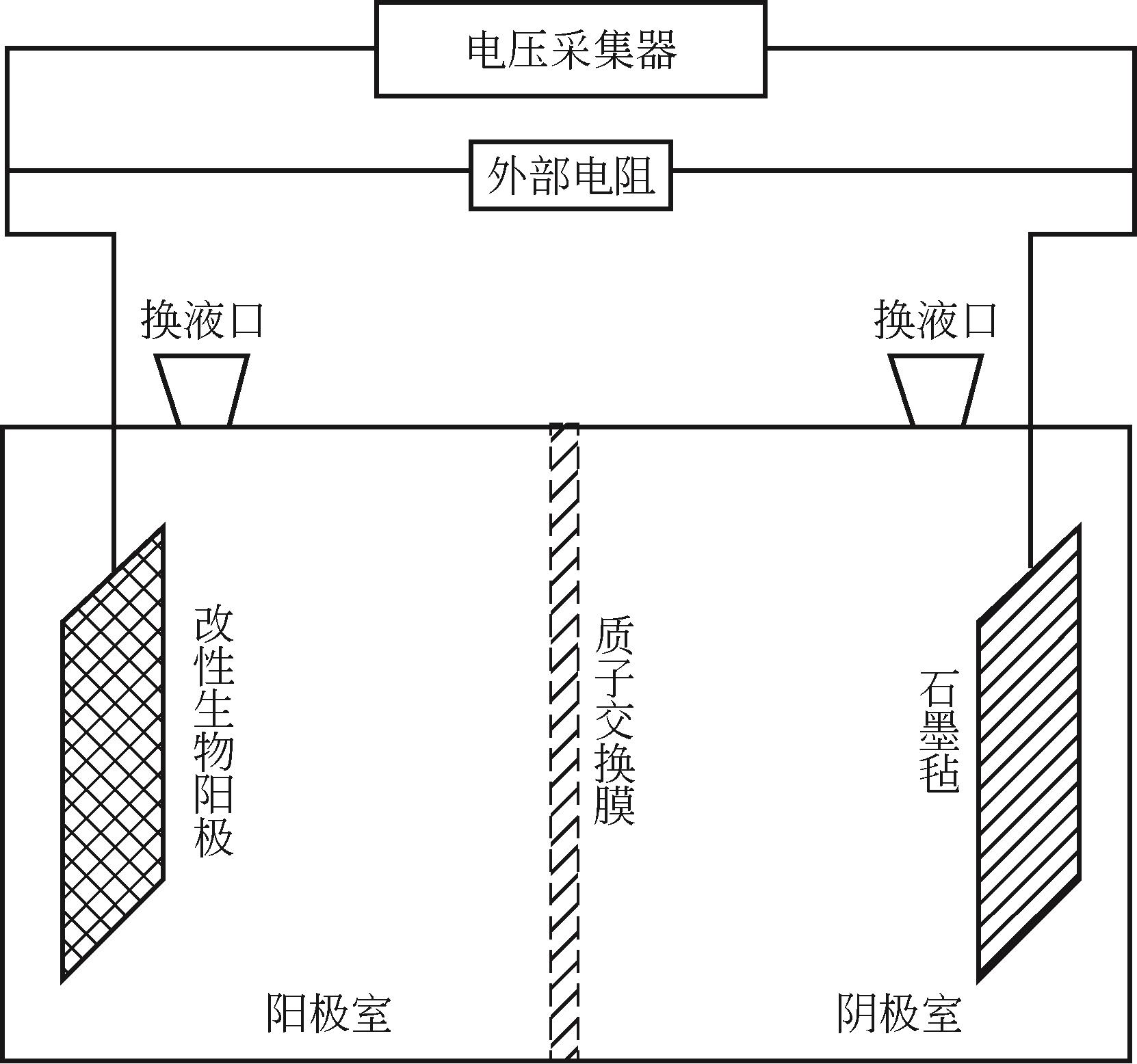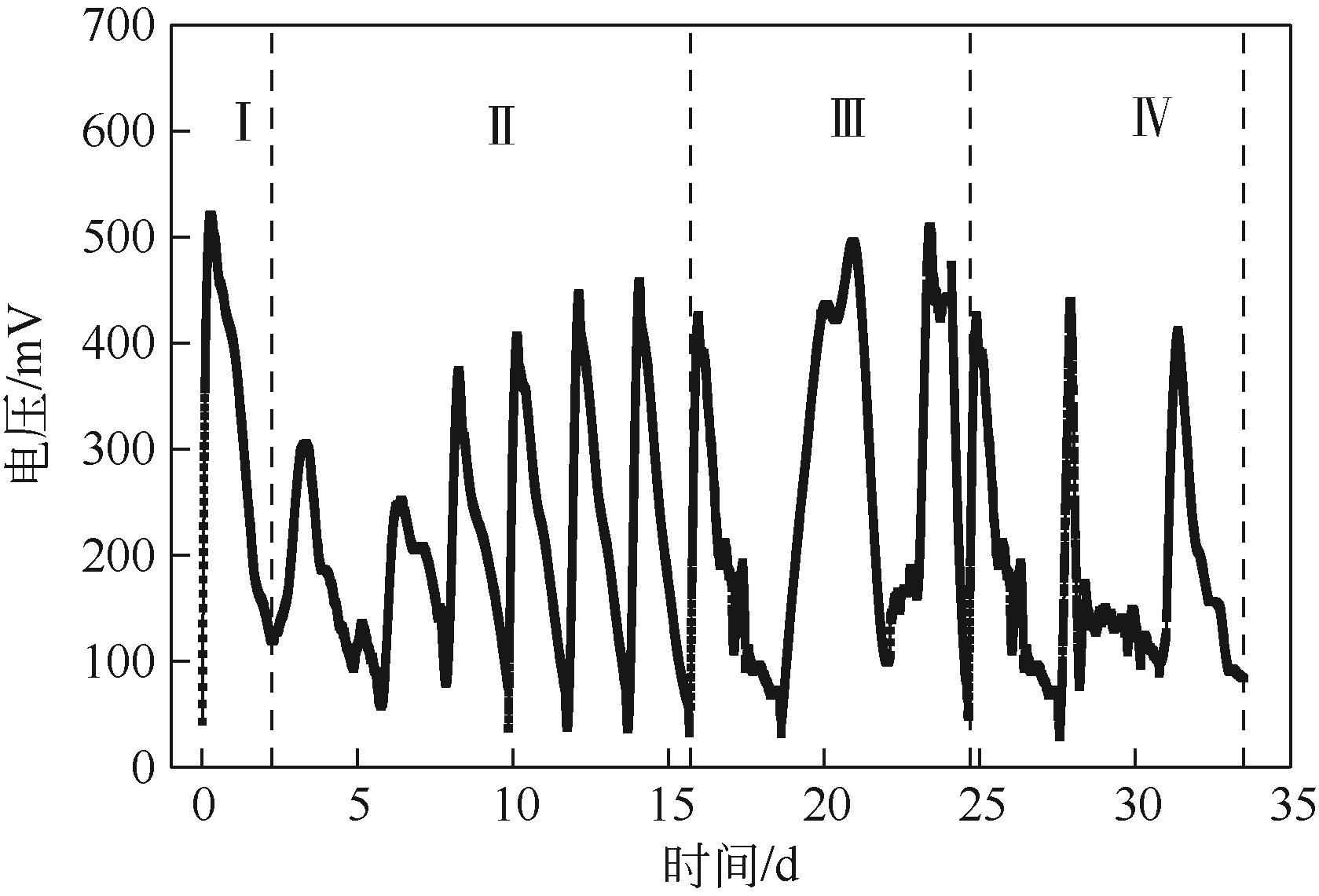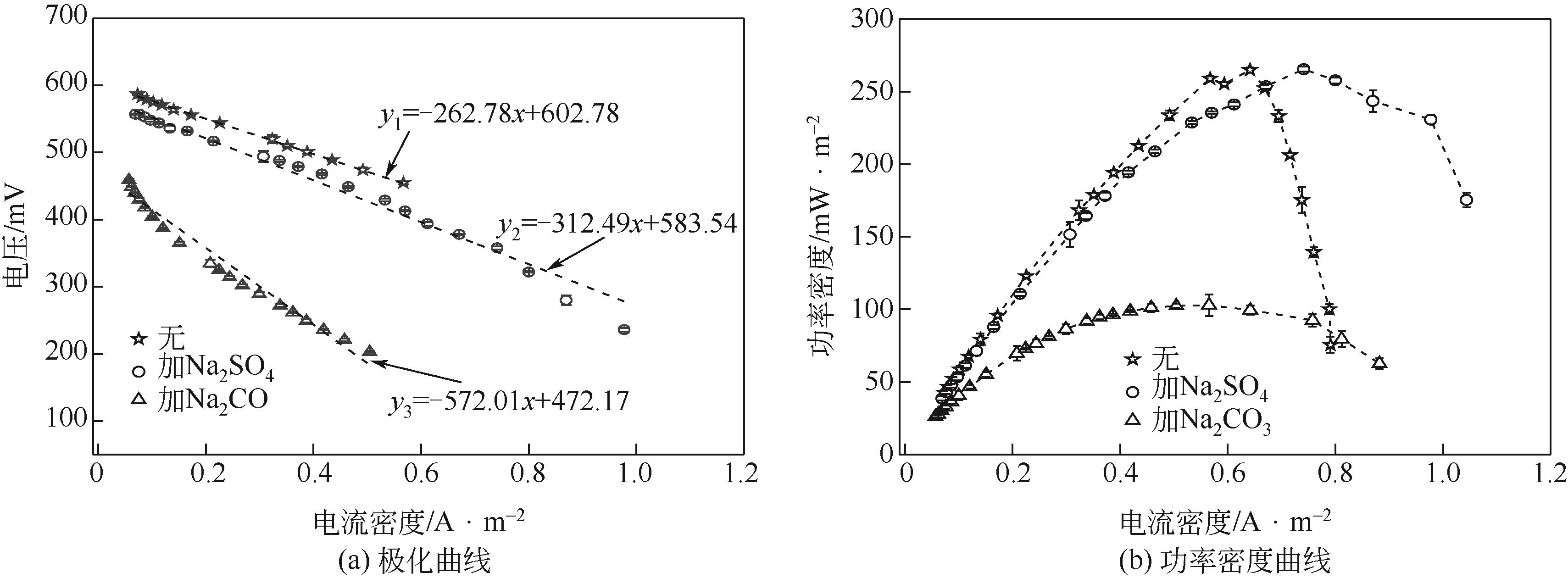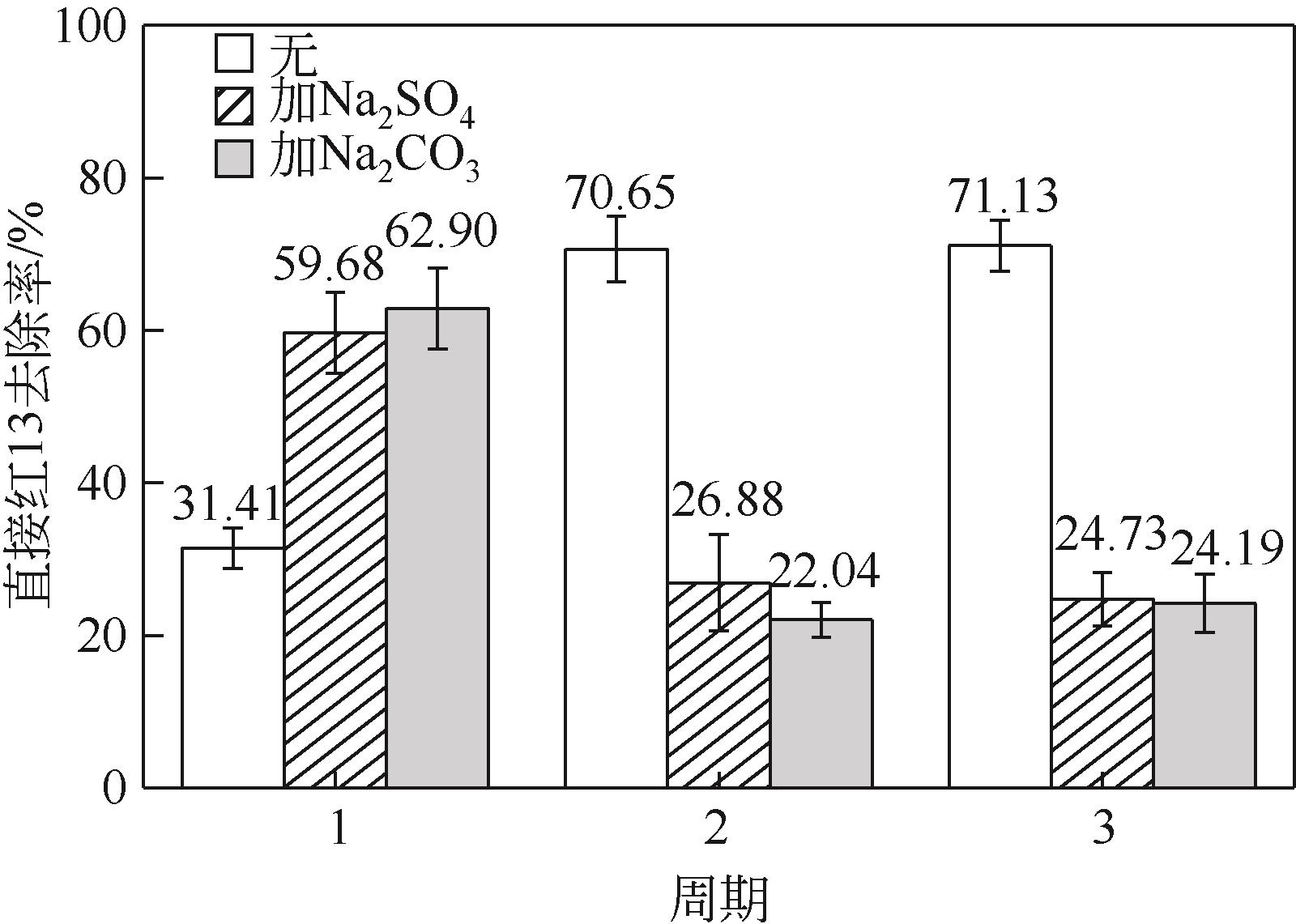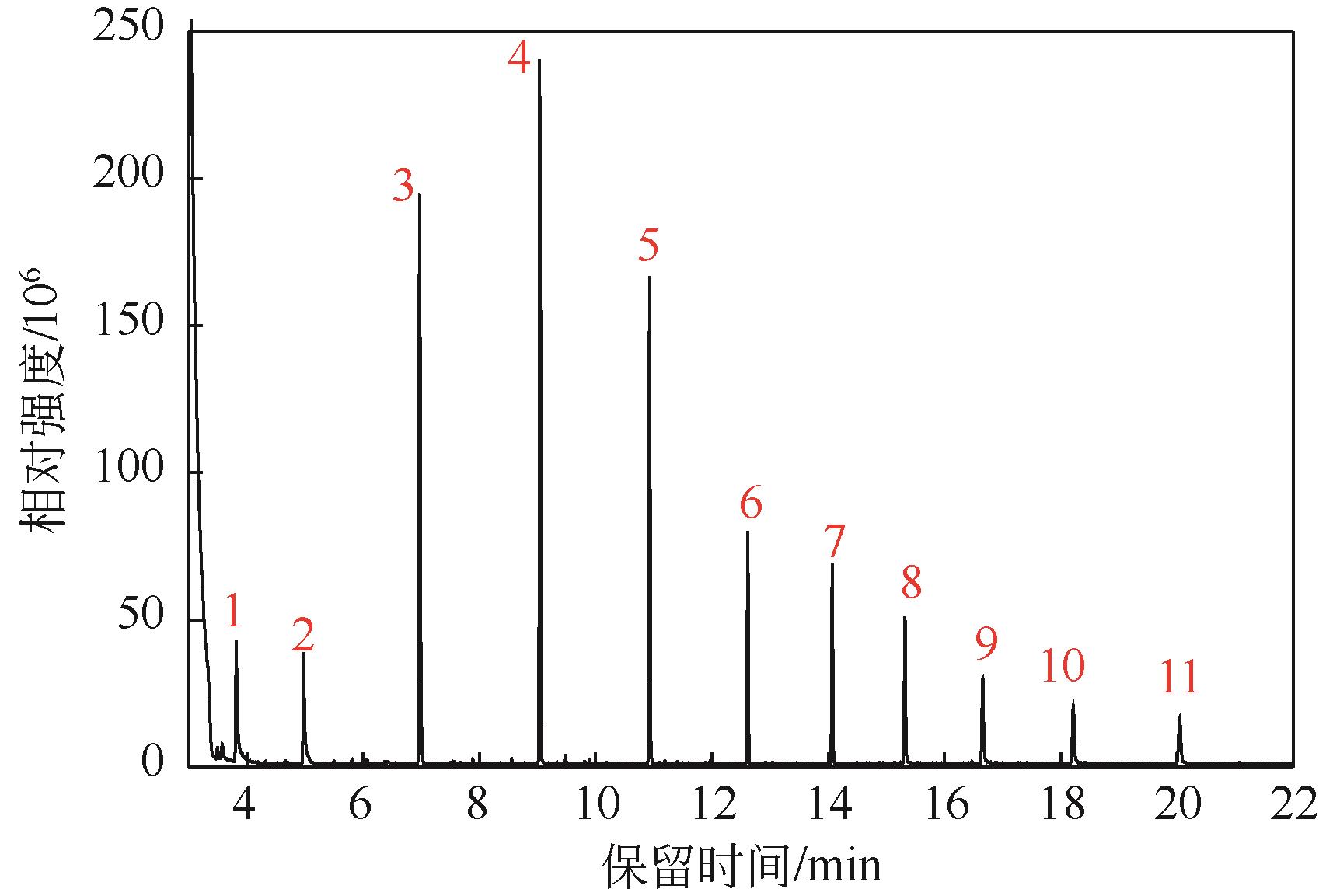| 1 |
田颖, 赵崇, 刘晓宇, 等. 高含盐高有机物印染废水吸附脱除有机物的效果验证与探讨[C]//中国环境科学学会2019年科学技术年会——环境工程技术创新与应用分论坛论文集. 西安: 《环境工程》编辑部, 2019.
|
|
TIAN Ying, ZHAO Chong, LIU Xiaoyu, et al. Discussion on the process of adsorption-evaporation-crystallization to the dyeing wastewater with high concentrations of salt and organic[C]// Chinese Society for Environmental Sciences, Science and Technology annual meeting 2019—Technology innovation and application of environmental engineering-Proceedings of the forum. Xi’an: Editorial Department of Environmental Engineering, 2019.
|
| 2 |
LOGAN B E, HAMELERS B, ROZENDAL R, et al. Microbial fuel cells: methodology and technology[J]. Environmental Science & Technology, 2006, 40(17): 5181-5192.
|
| 3 |
YANG Z G, PEI H Y, HOU Q J, et al. Algal biofilm-assisted microbial fuel cell to enhance domestic wastewater treatment: nutrient, organics removal and bioenergy production[J]. Chemical Engineering Journal, 2018, 332: 277-285.
|
| 4 |
李文英, 刘玉香, 任瑞鹏, 等. 微生物燃料电池在水与废水脱氮方面的研究进展[J]. 化工进展, 2019, 38(2): 1097-1106.
|
|
LI Wenying, LIU Yuxiang, REN Ruipeng, et al. Research progress on removal of nitrogen in water and wastewater by microbial fuel cell[J]. Chemical Industry and Engineering Progress, 2019, 38(2): 1097-1106.
|
| 5 |
XIE B H, LIANG H, YOU H, et al. Microbial community dynamic shifts associated with sulfamethoxazole degradation in microbial fuel cells[J]. Chemosphere, 2021, 274: 129744.
|
| 6 |
RASHID T, SHER F, HAZAFA A, et al. Design and feasibility study of novel paraboloid graphite based microbial fuel cell for bioelectrogenesis and pharmaceutical wastewater treatment[J]. Journal of Environmental Chemical Engineering, 2021, 9(1): 104502.
|
| 7 |
AMARI S, BOSHROUYEH GHANDASHTANI M. Non-steroidal anti-inflammatory pharmaceutical wastewater treatment using a two-chambered microbial fuel cell[J]. Water and Environment Journal, 2020, 34(3): 413-419.
|
| 8 |
杨茜, 李轩, 蒋涛阳, 等. 高盐废水生物阴极MFCs产电及脱氮性能研究[J]. 应用化工, 2020, 49(1): 22-27.
|
|
YANG Qian, LI Xuan, JIANG Taoyang, et al. Study on electricity generation and nitrogen removal performance of bio-cathode MFCs in high-salt wastewater[J]. Applied Chemical Industry, 2020, 49(1): 22-27.
|
| 9 |
付国楷, 张林防, 郭飞, 等. 榨菜废水MFC多周期运行产电性能及COD降解[J]. 中国环境科学, 2017, 37(4): 1401-1407.
|
|
FU Guokai, ZHANG Linfang, GUO Fei, et al. Electricity generation and COD removal of MFC using mustard tuber wastewater as substrate in multi-cycle running[J]. China Environmental Science, 2017, 37(4): 1401-1407.
|
| 10 |
LIU G L, YU S X, LUO H P, et al. Effects of salinity anions on the anode performance in bioelectrochemical systems[J]. Desalination, 2014, 351: 77-81.
|
| 11 |
LEFEBVRE O, TAN Z, KHARKWAL S, et al. Effect of increasing anodic NaCl concentration on microbial fuel cell performance[J]. Bioresource Technology, 2012, 112: 336-340.
|
| 12 |
CAO X, ZHANG S, WANG H, et al. Azo dye as part of co-substrate in a biofilm electrode reactor-microbial fuel cell coupled system and an analysis of the relevant microorganisms[J]. Chemosphere, 2019, 216: 742-748.
|
| 13 |
李海红, 巴琦玥, 闫志英, 等. 不同原料厌氧发酵及其微生物种群的研究[J]. 中国环境科学, 2015, 35(5): 1449-1457.
|
|
LI Haihong, BA Qiyue, YAN Zhiying, et al. Studies on microbial community of different materials and anaerobic fermentation[J]. China Environmental Science, 2015, 35(5): 1449-1457.
|
| 14 |
解井坤. 偶氮染料脱色特异微生物群落及其应用研究[D]. 西安: 陕西科技大学, 2015.
|
|
XIE Jingkun. Azo dye specific degradation microbial community and its application research[D]. Xi’an: Shaanxi University of Science & Technology, 2015.
|
| 15 |
周宇, 刘中良, 侯俊先, 等. 化学氧化改性微生物燃料电池阳极[J]. 化工学报, 2015, 66(3): 1171-1177.
|
|
ZHOU Yu, LIU Zhongliang, HOU Junxian, et al. Microbial fuel cell anode modified by chemical oxidation[J]. CIESC Journal, 2015, 66(3): 1171-1177.
|
| 16 |
TANG X H, DU Z W, LI H R. Anodic electron shuttle mechanism based on 1-hydroxy-4-aminoanthraquinone in microbial fuel cells[J]. Electrochemistry Communications, 2010, 12(8): 1140-1143.
|
| 17 |
黄力华, 李秀芬, 任月萍, 等. 石墨烯掺杂聚苯胺阳极提高微生物燃料电池性能[J]. 环境科学, 2017, 38(4): 1717-1725.
|
|
HUANG Lihua, LI Xiufen, REN Yueping, et al. Performance improvement of microbial fuel cell with polyaniline dopped graphene anode[J]. Environmental Science, 2017, 38(4): 1717-1725.
|
| 18 |
LOGAN B, CHENG S, WATSON V, et al. Graphite fiber brush anodes for increased power production in air-cathode microbial fuel cells[J]. Environmental Science & Technology, 2007, 41(9): 3341-3346.
|
| 19 |
高文军, 李卫红, 王喜明, 等. 3,5-二硝基水杨酸法测定蔓菁中还原糖和总糖含量[J]. 中国药业, 2020, 29(9): 113-116.
|
|
GAO Wenjun, LI Weihong, WANG Ximing, et al. Determination of reducing sugar and total sugar in turnip by 3, 5-dinitrosalicylic acid colorimetry[J]. China Pharmaceuticals, 2020, 29(9): 113-116.
|
| 20 |
SHEN J, DU Z P, LI J F, et al. Co-metabolism for enhanced phenol degradation and bioelectricity generation in microbial fuel cell[J]. Bioelectrochemistry, 2020, 134: 107527.
|
| 21 |
GUO F, BABAUTA J T, BEYENAL H. The effect of additional salinity on performance of a phosphate buffer saline buffered three-electrode bioelectrochemical system inoculated with wastewater[J]. Bioresource Technology, 2021, 320: 124291.
|
| 22 |
GUO F, LUO H Q, SHI Z Y, et al. Substrate salinity: a critical factor regulating the performance of microbial fuel cells, a review[J]. Science of the Total Environment, 2021, 763: 143021.
|
| 23 |
HE Z, MANSFELD F. Exploring the use of electrochemical impedance spectroscopy (EIS) in microbial fuel cell studies[J]. Energy Environ. Sci., 2009, 2(2): 215-219.
|
| 24 |
MOHAN S V, CHANDRASEKHAR K. Solid phase microbial fuel cell (SMFC) for harnessing bioelectricity from composite food waste fermentation: Influence of electrode assembly and buffering capacity[J]. Bioresource Technology, 2011, 102(14): 7077-7085.
|
| 25 |
PRAJAPATI S, YELAMARTHI P S. Microbial fuel cell-assisted Congo red dye decolorization using biowaste-derived anode material[J]. Asia-Pacific Journal of Chemical Engineering, 2020, 15(5): e2558.
|
| 26 |
LIU H J, ZHANG Z H, XU Y, et al. Reduced graphene oxide@polydopamine decorated carbon cloth as an anode for a high-performance microbial fuel cell in Congo red/saline wastewater removal[J]. Bioelectrochemistry, 2021, 137: 107675.
|
| 27 |
SINGH A, KAUSHIK A. Suitability of wetland microbial consortium for enhanced and sustained power generation from distillery effluent in microbial fuel cell[J]. Energy Sources, Part A: Recovery, Utilization, and Environmental Effects, 2020: 1-17.
|
| 28 |
ZHU Y L, CAO X W, CHENG Y T, et al. Performances and structures of functional microbial communities in the mono azo dye decolorization and mineralization stages[J]. Chemosphere, 2018, 210: 1051-1060.
|
| 29 |
ALMATOUQ A, BABATUNDE A O, KHAJAH M, et al. Microbial community structure of anode electrodes in microbial fuel cells and microbial electrolysis cells[J]. Journal of Water Process Engineering, 2020, 34: 101140.
|
| 30 |
DOELLE Horst. Bacterial metabolism[M]. 2nd ed. Brisbane: Academic Press, 1975: 199-255.
|
| 31 |
KANG C S, EAKTASANG N, KWON D Y, et al. Enhanced current production by Desulfovibrio desulfuricans biofilm in a mediator-less microbial fuel cell[J]. Bioresource Technology, 2014, 165: 27-30.
|
| 32 |
ZHU Y L, XU J L, CAO X W, et al. Characterization of functional microbial communities involved in different transformation stages in a full-scale printing and dyeing wastewater treatment plant[J]. Biochemical Engineering Journal, 2018, 137: 162-171.
|
| 33 |
LIN X Q, LI Z L, NAN J, et al. Biodegradation and metabolism of tetrabromobisphenol A in microbial fuel cell: behaviors, dynamic pathway and the molecular ecological mechanism[J]. Journal of Hazardous Materials, 2021, 417: 126104.
|
 ), 纪志永1,2,3(
), 纪志永1,2,3( ), 汪婧1,2,3, 李淑明1,2,3, 黄智辉1,2,3, 郭小甫2,3, 刘杰1,2,3, 赵颖颖1,2,3, 袁俊生1,2,3
), 汪婧1,2,3, 李淑明1,2,3, 黄智辉1,2,3, 郭小甫2,3, 刘杰1,2,3, 赵颖颖1,2,3, 袁俊生1,2,3
 ), JI Zhiyong1,2,3(
), JI Zhiyong1,2,3( ), WANG Jing1,2,3, LI Shuming1,2,3, HUANG Zhihui1,2,3, GUO Xiaofu2,3, LIU Jie1,2,3, ZHAO Yingying1,2,3, YUAN Junsheng1,2,3
), WANG Jing1,2,3, LI Shuming1,2,3, HUANG Zhihui1,2,3, GUO Xiaofu2,3, LIU Jie1,2,3, ZHAO Yingying1,2,3, YUAN Junsheng1,2,3
